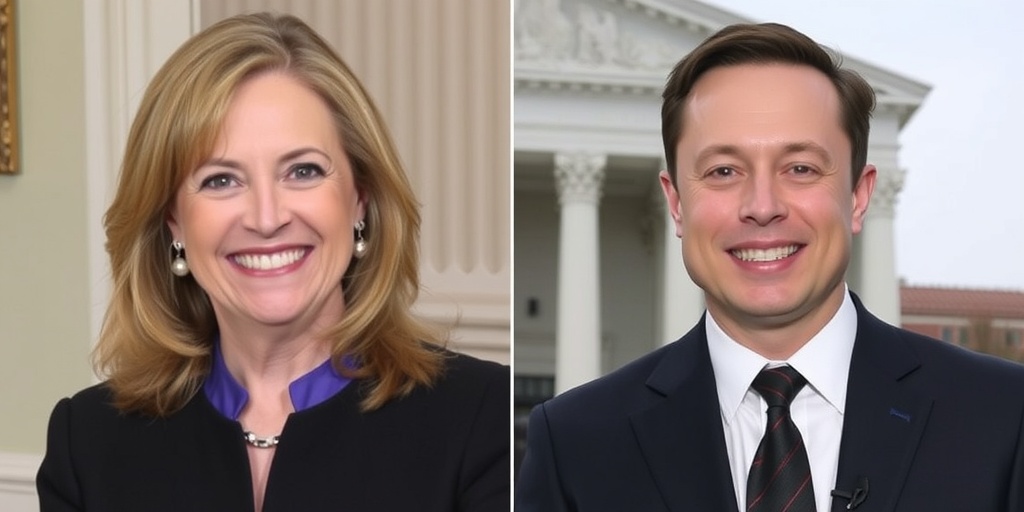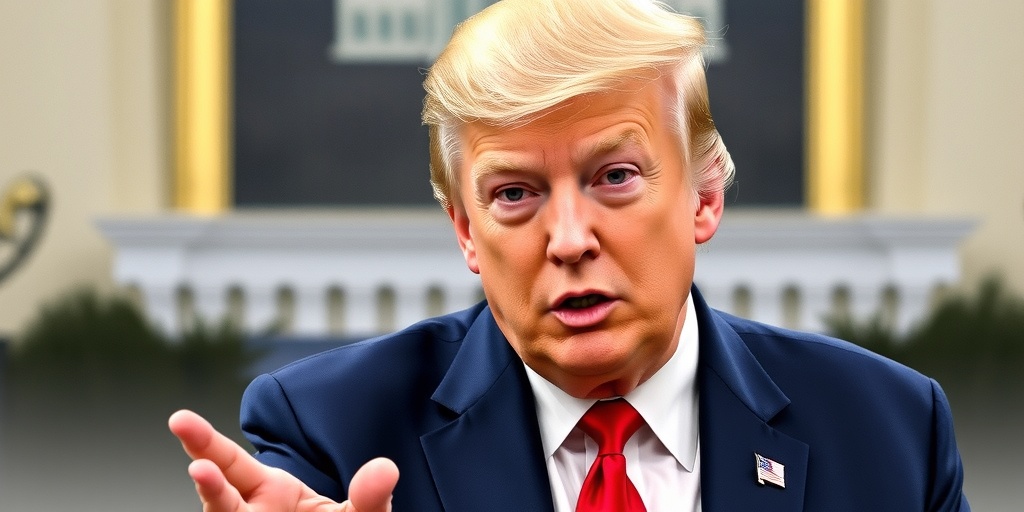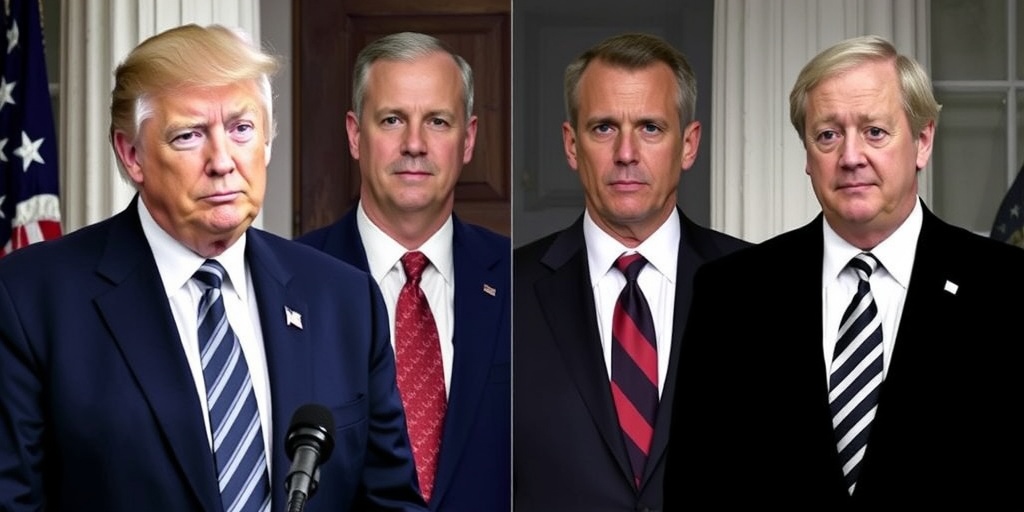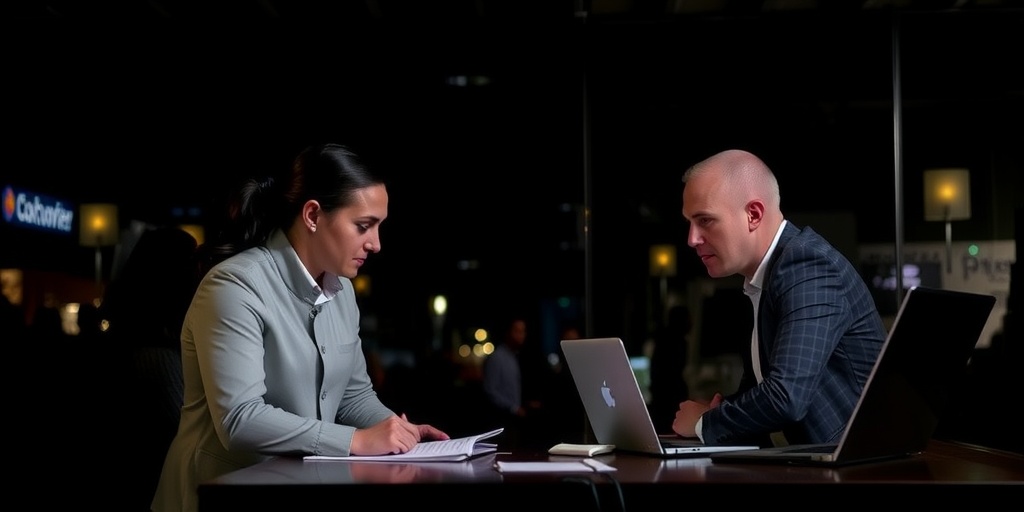Now Reading: Susan Crawford Secures Wisconsin Supreme Court Seat Despite Elon Musk’s Funding
-
01
Susan Crawford Secures Wisconsin Supreme Court Seat Despite Elon Musk’s Funding
Susan Crawford Secures Wisconsin Supreme Court Seat Despite Elon Musk’s Funding

Susan Crawford Wins Wisconsin Supreme Court Seat in Pivotal Election
In a landmark election that captured national attention, Susan Crawford, the liberal candidate, has triumphed over her conservative opponent, Judge Brad Schimel, for a crucial seat on the Wisconsin Supreme Court. The election drew an unprecedented $25 million in spending, primarily from billionaire Elon Musk, reflecting the high stakes involved in this contest. Crawford’s victory not only reinforces a liberal majority on the judiciary but also marks a significant moment in the ongoing political battle in the United States.
Crawford, currently serving as a judge in Dane County, managed a decisive win against Schimel, who was notably supported by Musk’s substantial financial backing. With approximately 60% of the vote reported, Crawford was leading by a comfortable double-digit margin. This victory serves as a wake-up call for Democrats, who have faced a series of political challenges since Donald Trump’s return to the White House. The recent political climate has seen increasing scrutiny over the Trump administration’s approach to federal agencies, international relationships, and social issues.
Experts view this election as a bellwether for Democratic momentum in the face of Republican dominance in various state and national races. Crawford’s win comes on the heels of Democratic successes in special elections in Iowa and Pennsylvania, as well as the defeat of Republican-backed referendums in Louisiana. Notably, this victory signals a potential shift in the dynamics of power in Wisconsin and possibly beyond.
“Winning this election is crucial for protecting our fundamental rights and freedoms,” Crawford stated during her rally in Madison. “It will determine whether we have a Wisconsin Supreme Court that represents all of us.” The implications of her win extend beyond the state, suggesting that a liberal-leaning court could influence congressional maps and potentially reshape power dynamics in Congress.
Musk’s involvement in the race has raised eyebrows, as his financial contributions were not typical of a single entity seeking to influence a judicial election. His super PAC underwrote an extensive campaign strategy that included an $11.5 million ground operation and a separate $7.7 million in television advertising aimed at swaying voters towards Schimel. Musk even incentivized voter participation by offering financial rewards to residents who met certain campaign-related criteria.
Despite the barrage of cash flowing into the race from Musk, it appears that this strategy galvanized more Democratic support than Republican. Judge Crawford’s campaign benefitted significantly from her alignment with state and national party organizations, helping her raise an impressive $17 million leading up to the election.
On the other hand, Judge Schimel, a staunch Trump supporter, attempted to rally his base by emphasizing his connection to the former president and Musk. Despite his efforts, which included campaigning in Trump paraphernalia and appearing in livestreams with both figures, he was unable to secure the necessary support. His campaign focused on framing the election as crucial to the survival of the Republic, invoking a narrative of an existential threat posed by liberal judicial activism.
The outcome of the election not only preserves a 4-to-3 liberal majority within the Wisconsin Supreme Court but also positions the court to tackle significant issues in the near future, including labor rights and abortion laws. The conservative justices will face re-election every two years, creating an opportunity for ongoing shifts in judicial power.
Musk’s foray into state politics drew mixed reactions. While portraying the election in dramatic terms, describing it as potentially pivotal for the future of civilization, he often strayed from the electoral focus. His speeches included lengthy discussions on various unrelated topics, causing confusion among listeners.
As Wisconsin approaches critical decisions regarding its congressional district lines, which have skewed representation in favor of Republicans for years, the implications of a liberal majority in the Supreme Court could be far-reaching. Democrats have long argued that a favorable court ruling could lead to new congressional maps and ultimately influence the balance of power in Congress.
Ben Wikler, chairman of the Democratic Party of Wisconsin, echoed the overarching sentiment of urgency and hope during Crawford’s campaign. “This is a test, and the whole world is watching,” he told supporters. “It’s a moment where we can demonstrate our belief in democracy, even in terrifying times.”
As the dust settles on this pivotal election, both parties are reassessing strategies and implications, aware that the landscape of American politics continues to evolve dramatically. With heightened engagement in state-level elections, the results may signal an awakening of political activism aimed at influencing the critical issues that affect everyday lives.
Stay Informed With the Latest & Most Important News
Previous Post
Next Post
-
 01New technology breakthrough has everyone talking right now
01New technology breakthrough has everyone talking right now -
 02Unbelievable life hack everyone needs to try today
02Unbelievable life hack everyone needs to try today -
 03Fascinating discovery found buried deep beneath the ocean
03Fascinating discovery found buried deep beneath the ocean -
 04Man invents genius device that solves everyday problems
04Man invents genius device that solves everyday problems -
 05Shocking discovery that changes what we know forever
05Shocking discovery that changes what we know forever -
 06Internet goes wild over celebrity’s unexpected fashion choice
06Internet goes wild over celebrity’s unexpected fashion choice -
 07Rare animal sighting stuns scientists and wildlife lovers
07Rare animal sighting stuns scientists and wildlife lovers




















